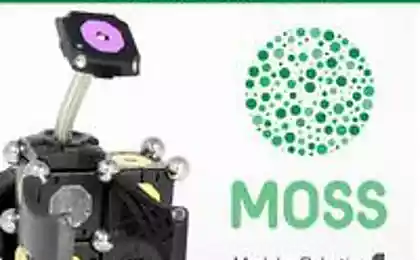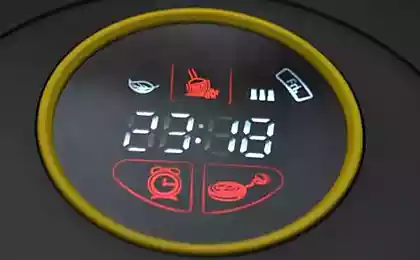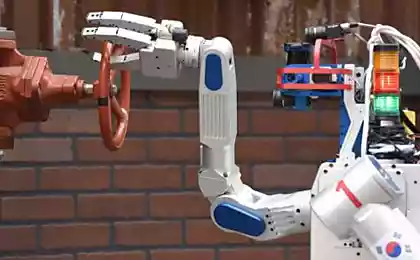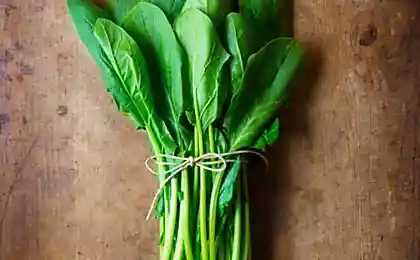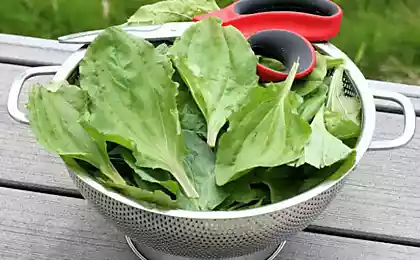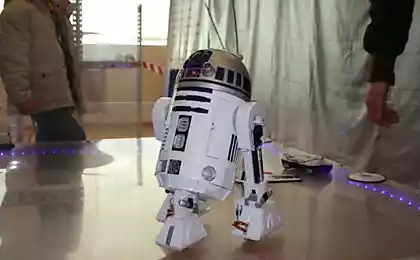221
Australian robot farmer cultivates onions and spinach
Agriculture is an industry where there is traditionally a lot of manual labor. Researchers from the University of Sydney have developed the world’s first autonomous robot, a solar-powered farmer that can replace humans and minimize heavy manual labor in the fields.
The world’s first agricultural robot has been dubbed “Godbug,” apparently for its outward resemblance to hardworking insects. Its successful trials took place on planting onions, beets and spinach on a farm in New South Wales, Australia.
“Godbug” is the first workable prototype, the creation of which took a year of engineering and research work and almost a million dollars. But the result was worth it. Professor of robotics and head of the scientific team Salah Sukkarieh (Salah Sukkarieh) for the development of the robot received the title of “Researcher of the Year” from Australian vegetable growers.
The robot farmer is designed and built specifically for the vegetable industry. Senior researcher Dr. James Underwood, who developed the sensory equipment for the robot, explained why the researchers called their brainchild “Godbug”: “We gave it that name because it looks a bit like a ladybug.” It has red panels with black spots of solar panels, he said.
Autonomous ladybug on an electric course is equipped not only with solar panels, but also with many sensors useful for vegetable growers. The robot can collect information about the condition of plants and their nutrition, analyze and display it, search for and recognize pests, all without being distracted from the “real thing”, weeding beds and harvesting.
Among the sensors used by the robot to perform its functions are laser rangefinders, stereoscopic video cameras and spectrum analyzers. The first field tests met the hopes of scientists. “The robot was able to fully autonomously move up and down the beds, moving from one bed to another, while collecting data using sensors,” said Professor Sukkarich.
According to the scientist, robotics is ready to play its role in minimizing manual labor, and will be introduced into agriculture increasingly to increase the efficiency and profitability of production.
According to Underwood, the robot “worked right out of the box” without requiring additional adjustments and adjustments. The first phase of the field tests lasted three days. Its main task was to check the operability of an electric drive powered by solar panels.
At the next stage of testing, the scientists intend to test the operation of the manipulator located under the transport trolley and designed for point sensing, sampling and automation of harvesting.
Ed Fagan, the owner of the farm where the first robot was tested, believes that the introduction of new technologies to control pests and feed crops will be invaluable for farmers. “If the plant doesn’t have enough nutrients, it’s too late by the time you see the symptom.” They will be able to eliminate nutrient deficiencies before we see any symptoms.
In addition, the farmer said that he had to walk in the fields at night with a torch to estimate the number of some pests. An autonomous robot will be able to do this work without human intervention and more accurately.
Source: University of Sidney
Source: facepla.net
The beauty industry goes on biodegradable products
How to reduce the negative impact of tap water on our skin


